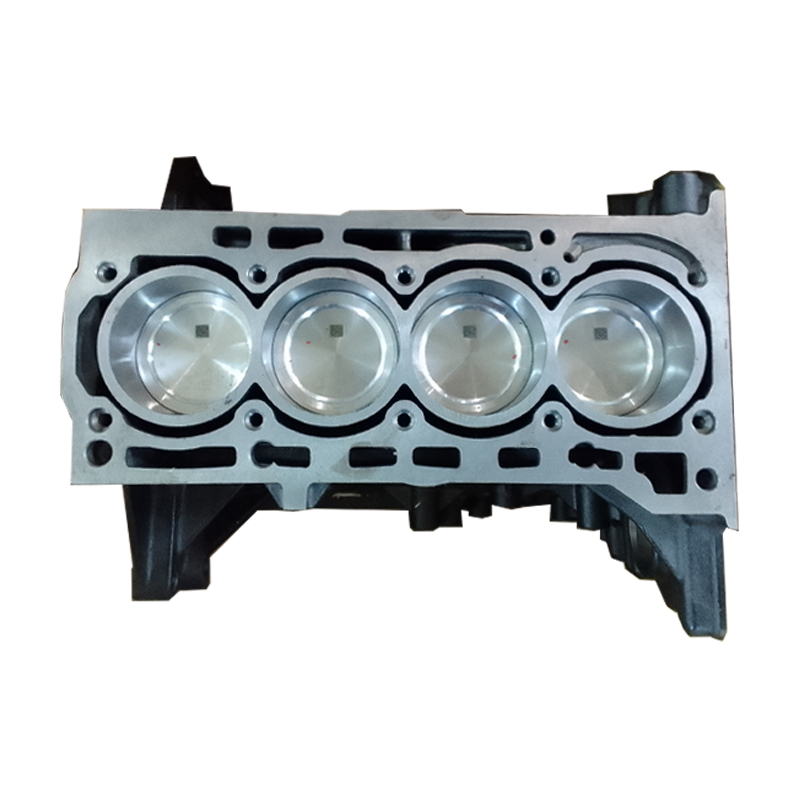Just How a Clp Engine Can Boost Effectiveness in Different Industries
The introduction of CLP engines marks a significant shift in operational efficiency throughout different markets, driven by their ability to enhance gas consumption and minimize downtime. As companies increasingly prioritize sustainability together with efficiency, the function of CLP engines becomes even extra essential.
Summary of CLP Engines
CLP engines, or Constant Liquid Propellant engines, represent a significant advancement in propulsion innovation, especially for space applications. These engines use a continual feed system that enables the sustained expulsion of propellant, bring about boosted effectiveness and performance compared to standard solid or hybrid propulsion systems. By maintaining a consistent circulation of fluid propellant, CLP engines can attain more precise thrust control, which is crucial for steering spacecraft in various mission circumstances.
The design of CLP engines integrates advanced products and ingenious fuel monitoring systems. clp engine. This leads to decreased weight and increased reliability, crucial aspects for long-duration room goals. Furthermore, the constant procedure decreases the danger of combustion instability, an usual challenge in conventional rocket engines.

Benefits in Manufacturing
The production of Continual Fluid Propellant (CLP) engines offers numerous remarkable benefits that improve both effectiveness and cost-effectiveness. One of the primary advantages is the structured manufacturing process, which decreases the complexity linked with typical propulsion systems. By making use of liquid propellant, producers can achieve better accuracy in engine performance, causing enhanced energy result and minimized waste.
Furthermore, CLP engines facilitate a greater level of modularity, enabling easier assimilation right into different manufacturing lines. This flexibility can substantially lower preparations and improve overall functional versatility. Making use of CLP modern technology likewise tends to decrease the requirement for comprehensive upkeep because of fewer relocating parts, which converts into decreased downtime and operational expenses.

Applications in Logistics
Leveraging Continuous Liquid Propellant (CLP) engines in logistics provides significant advantages in functional performance and integrity. These engines offer a durable option for different transportation needs, enabling the seamless activity of items throughout huge ranges. The fundamental style of CLP engines enables consistent power output, which converts right into smoother and a Web Site lot more predictable transportation schedules.
Among the crucial applications of CLP engines in logistics is in heavy-duty freight transportation, where they can drive both ground and airborne cars. Their ability to keep high efficiency under varying load problems makes sure that distribution timelines are fulfilled, thus enhancing consumer contentment. Furthermore, CLP engines can be integrated right into automated logistics systems, promoting real-time monitoring and optimizing course preparation.
Additionally, the sturdiness of CLP engines reduces upkeep downtime, enabling logistics firms to optimize their operational abilities. This is particularly valuable in warehousing procedures, where efficiency in taking care of and carrying goods is important. As logistics continues to progress, the integration of CLP engines stands for a forward-thinking approach that not just improves performance yet likewise sustains the industry's growing needs for reliability and rate.
Influence On Power Performance
How do Continual Fluid Propellant (CLP) engines enhance power performance in transportation? CLP engines use a regular flow of liquid gas, maximizing combustion processes and keeping a stable thrust result. This layout minimizes power losses related to standard burning engines, where fuel delivery can differ and bring about inefficiencies.
The constant procedure of CLP engines permits a more efficient thermal cycle, resulting in higher certain impulse contrasted to standard engines. clp engine. This converts to decreased fuel usage for the exact same quantity of job done, dramatically lowering operational costs across various transportation sectors, consisting of aeronautics and maritime sectors
Moreover, the ability of CLP engines to maintain ideal performance under varying load conditions reduces the need for frequent acceleration and deceleration, further enhancing gas performance. Boosted power performance not just adds to cost savings but also leads to lower greenhouse gas emissions, aligning with international sustainability objectives.
Future Trends and Innovations
Arising improvements in Constant Liquid over here Propellant (CLP) engine technology promise to change the landscape of transport effectiveness and sustainability. As markets pivot toward greener choices, CLP engines stand at the center, integrating innovative products and layout methods that enhance efficiency while decreasing environmental impact.
Among the most promising fads is the fostering of hybrid systems that incorporate CLP engines with sustainable energy from this source resources. This synergy can optimize gas consumption and lower discharges, aligning with international sustainability goals. Improvements in computational fluid characteristics (CFD) are helping with the layout of more aerodynamically effective engines, leading to reduced drag and enhanced fuel effectiveness.
Furthermore, the advancement of clever tracking systems is readied to improve functional efficiencies. These systems utilize data analytics and IoT innovation to maximize engine efficiency in real-time, guaranteeing that the engines run within their most reliable parameters.
As research study proceeds to explore alternate propellant solutions-- such as biofuels and synthetic fuels-- the future of CLP engines looks encouraging. By harnessing these developments, sectors can not just improve their effectiveness however additionally contribute considerably to a cleaner, a lot more lasting future in transportation.
Conclusion
In verdict, CLP engines stand for a considerable improvement in effectiveness across several industries. The integration of advanced materials and less relocating components lessens upkeep demands, while positioning with sustainability goals settings CLP engines as a crucial modern technology for the future.
Comments on “Depend on a premium clp engine for heavy-duty use.”